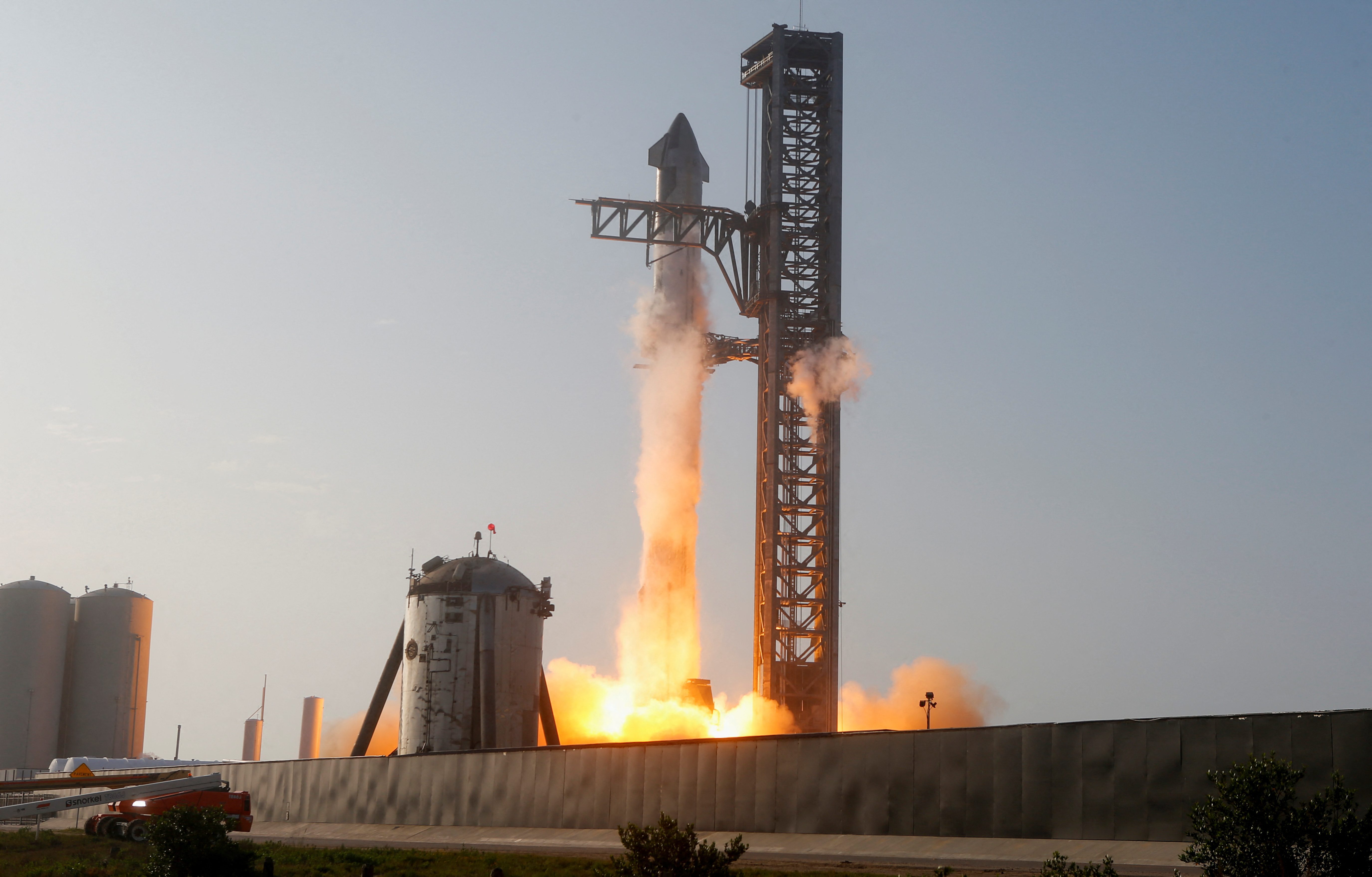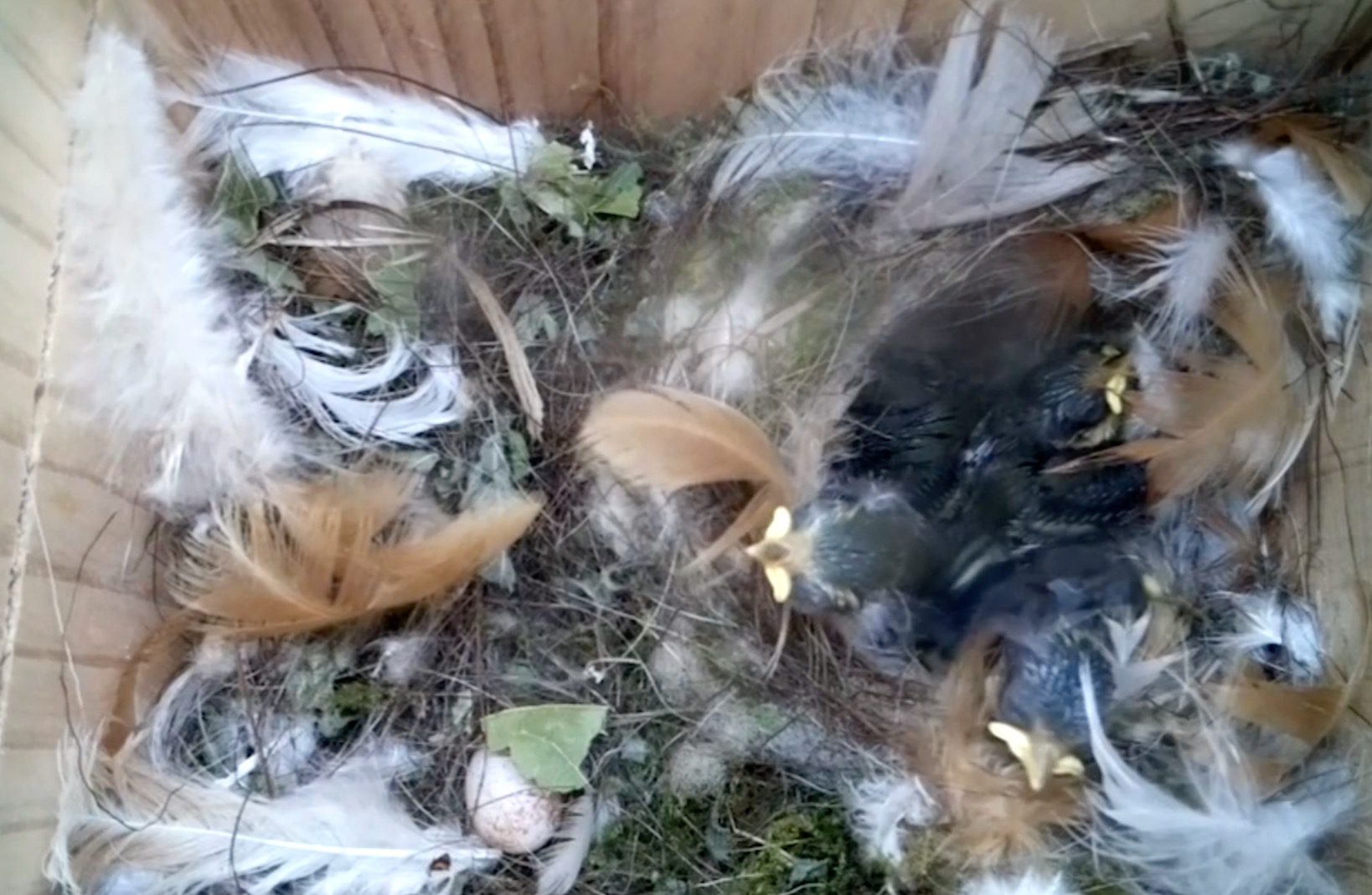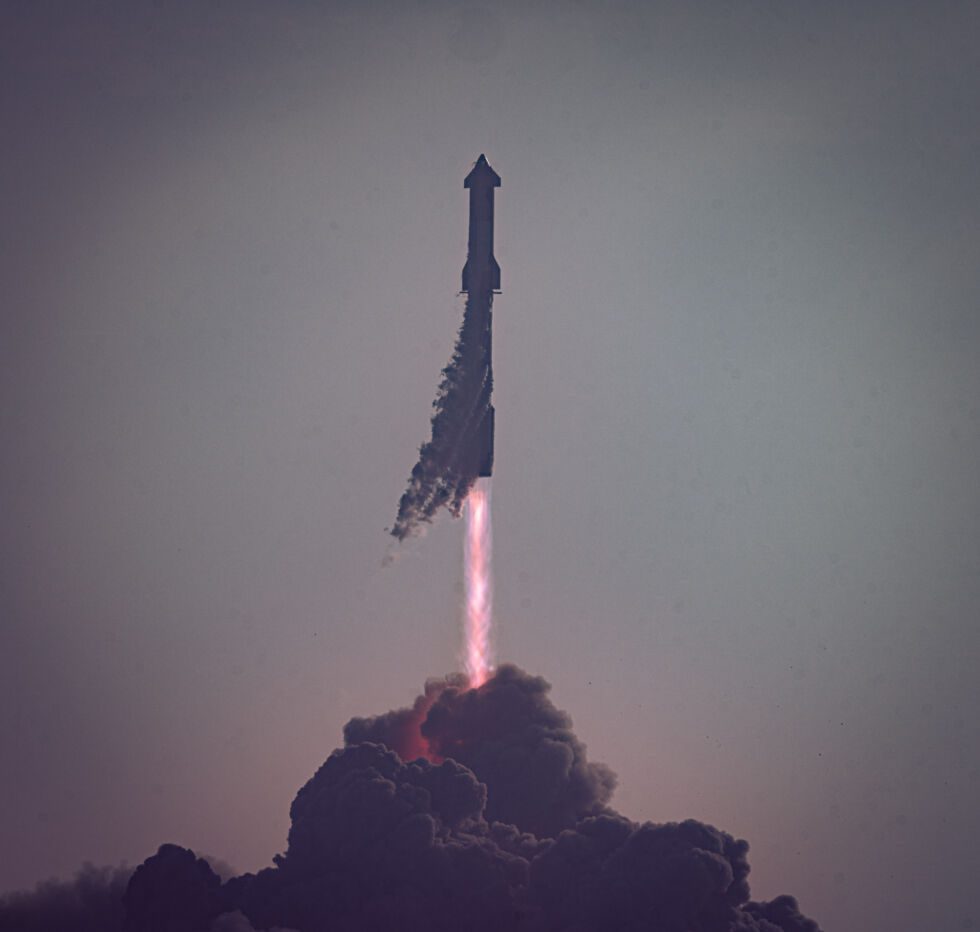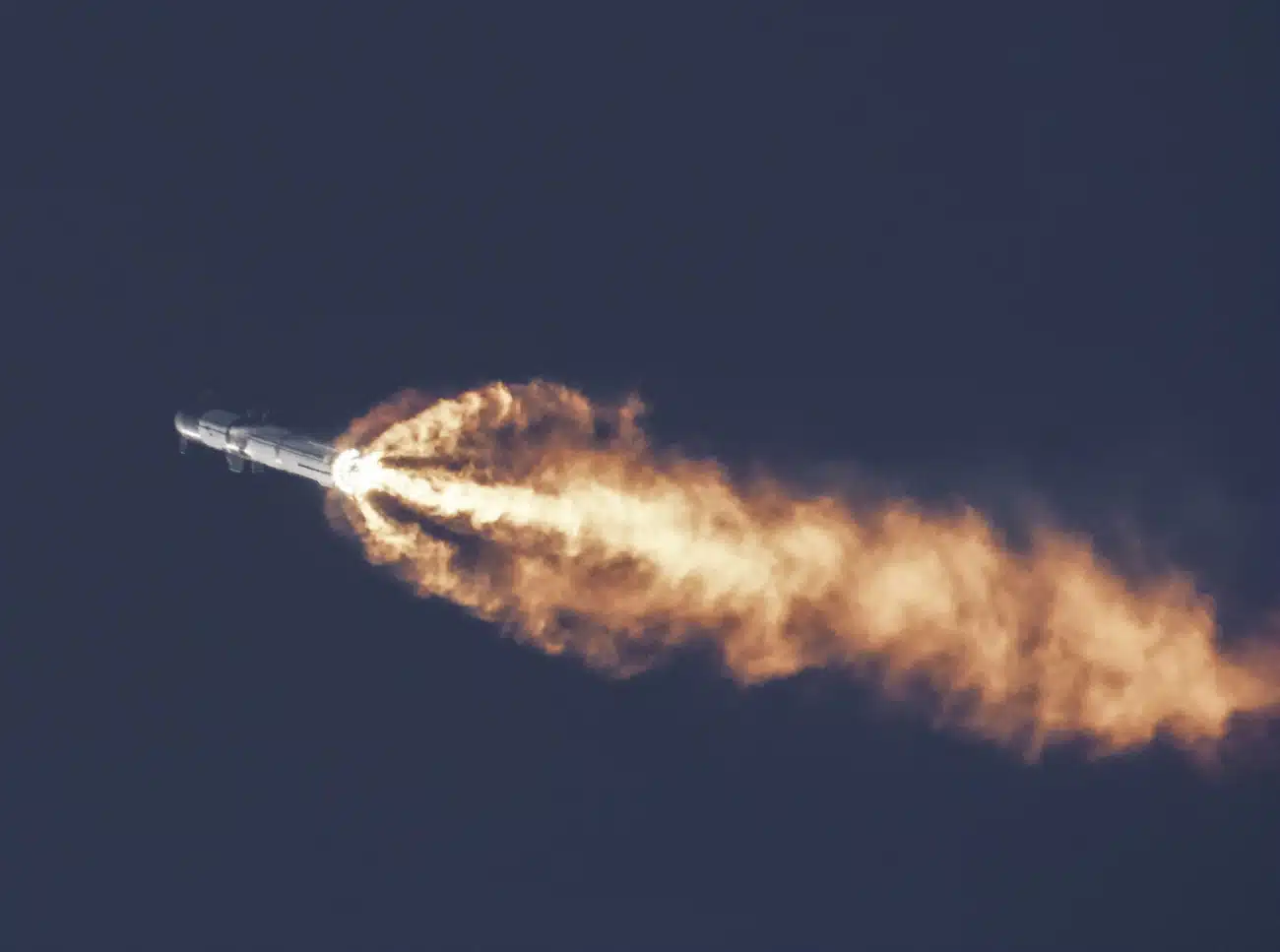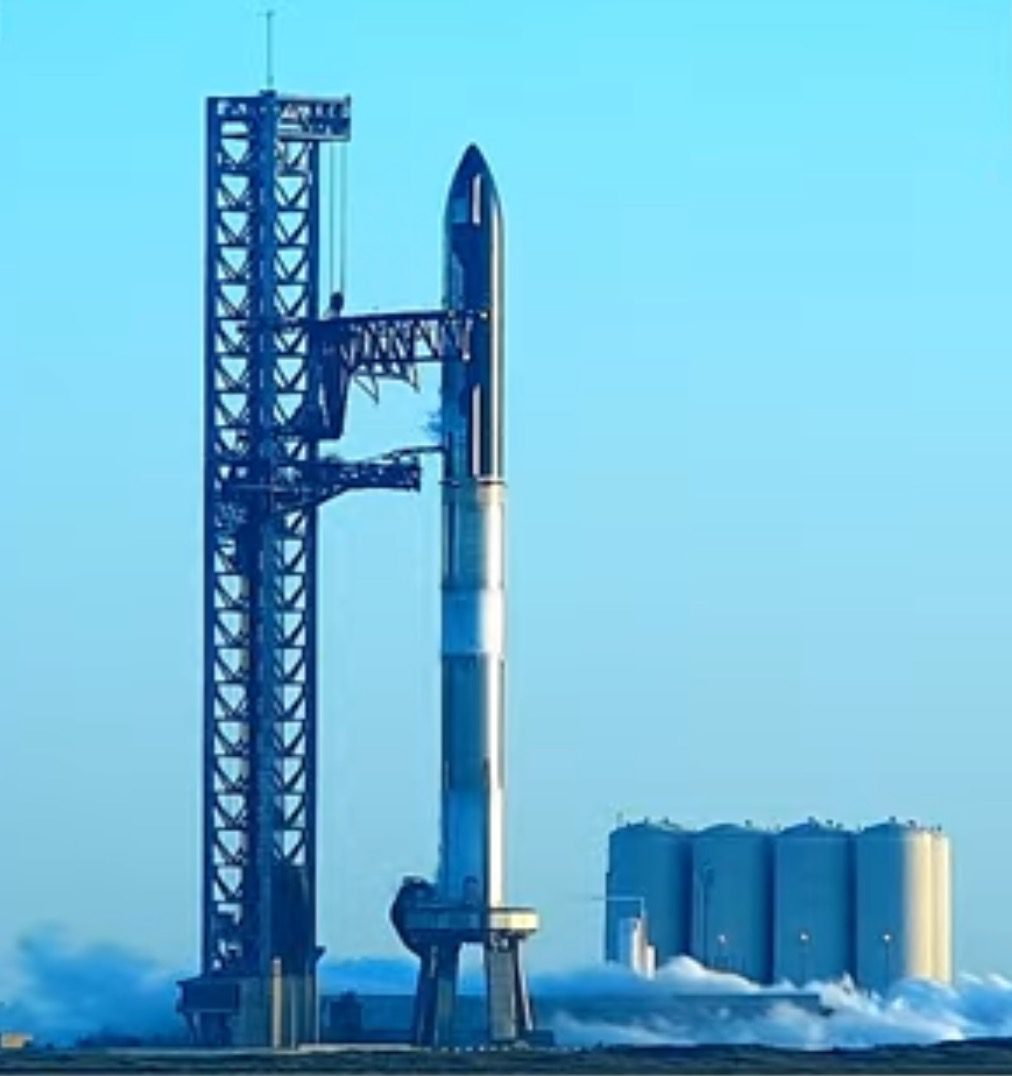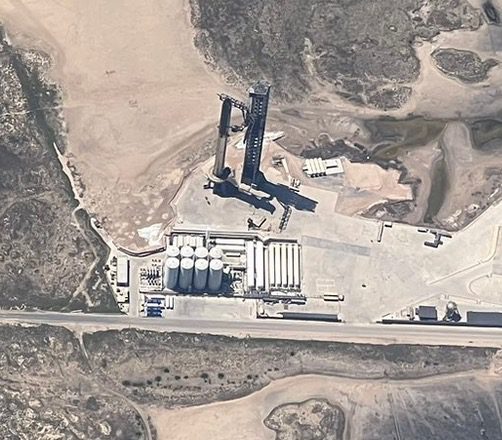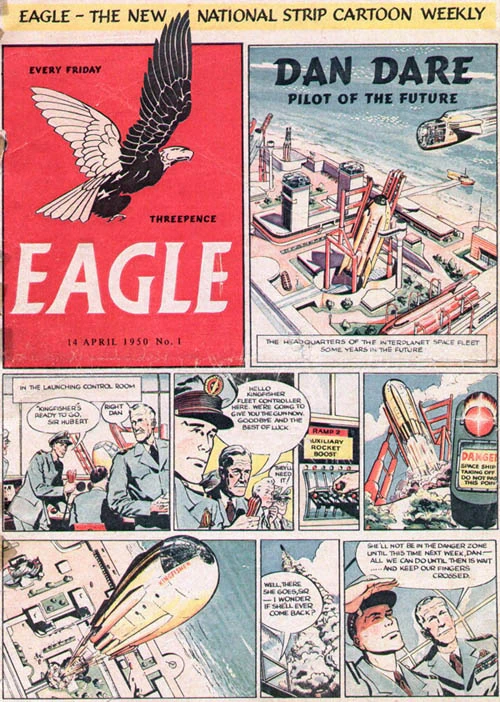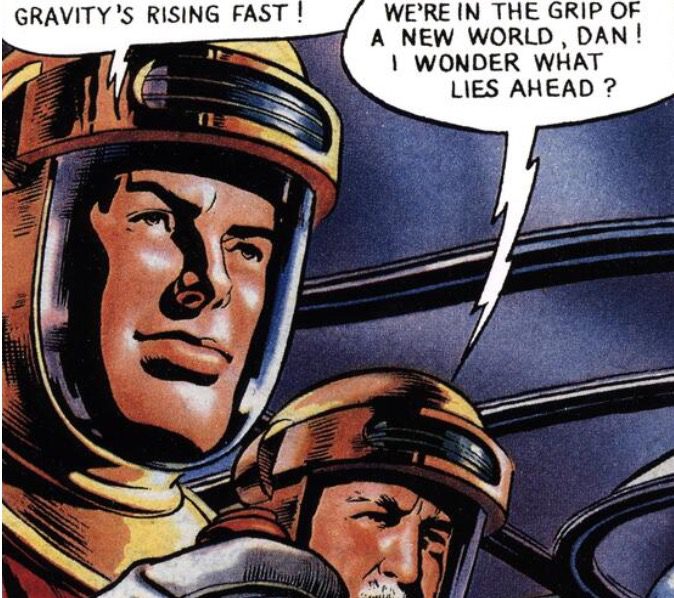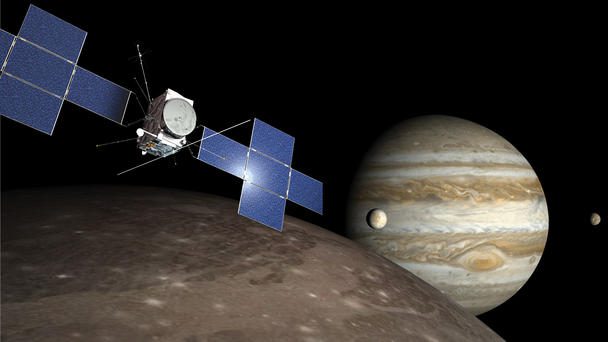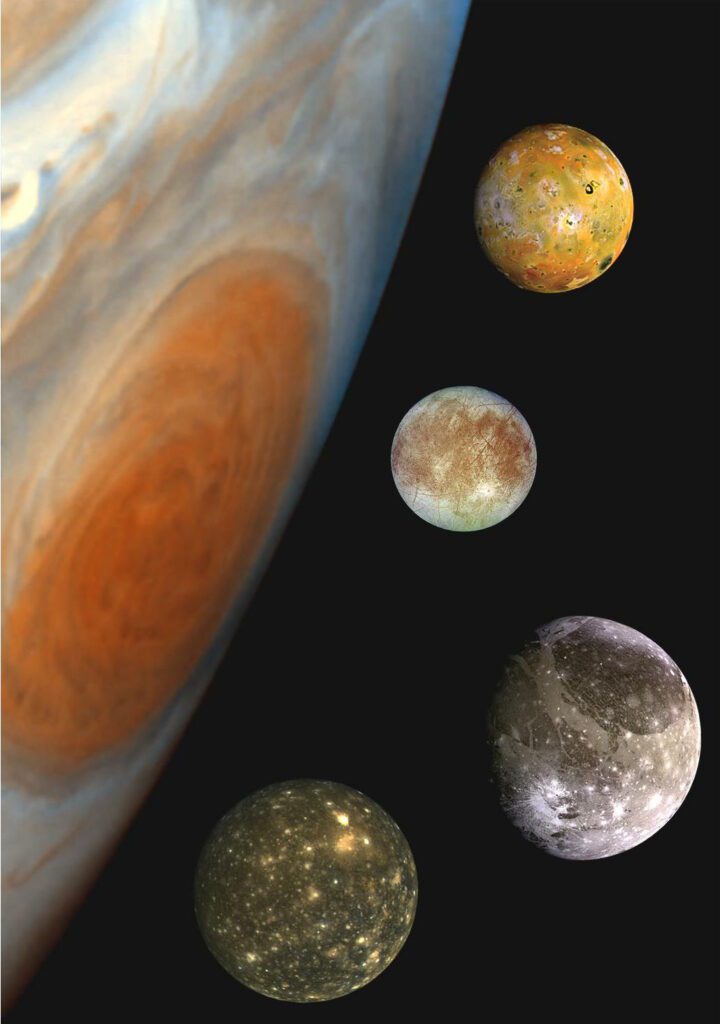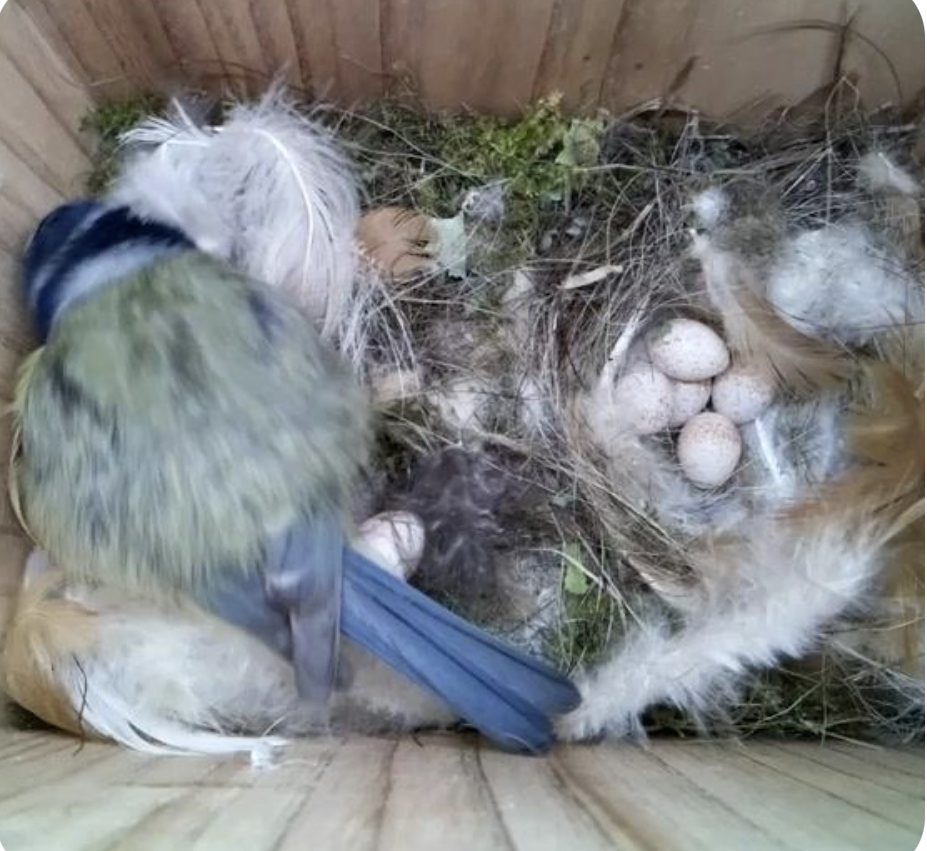By Steve Gorman REUTERS published 1/5/2023
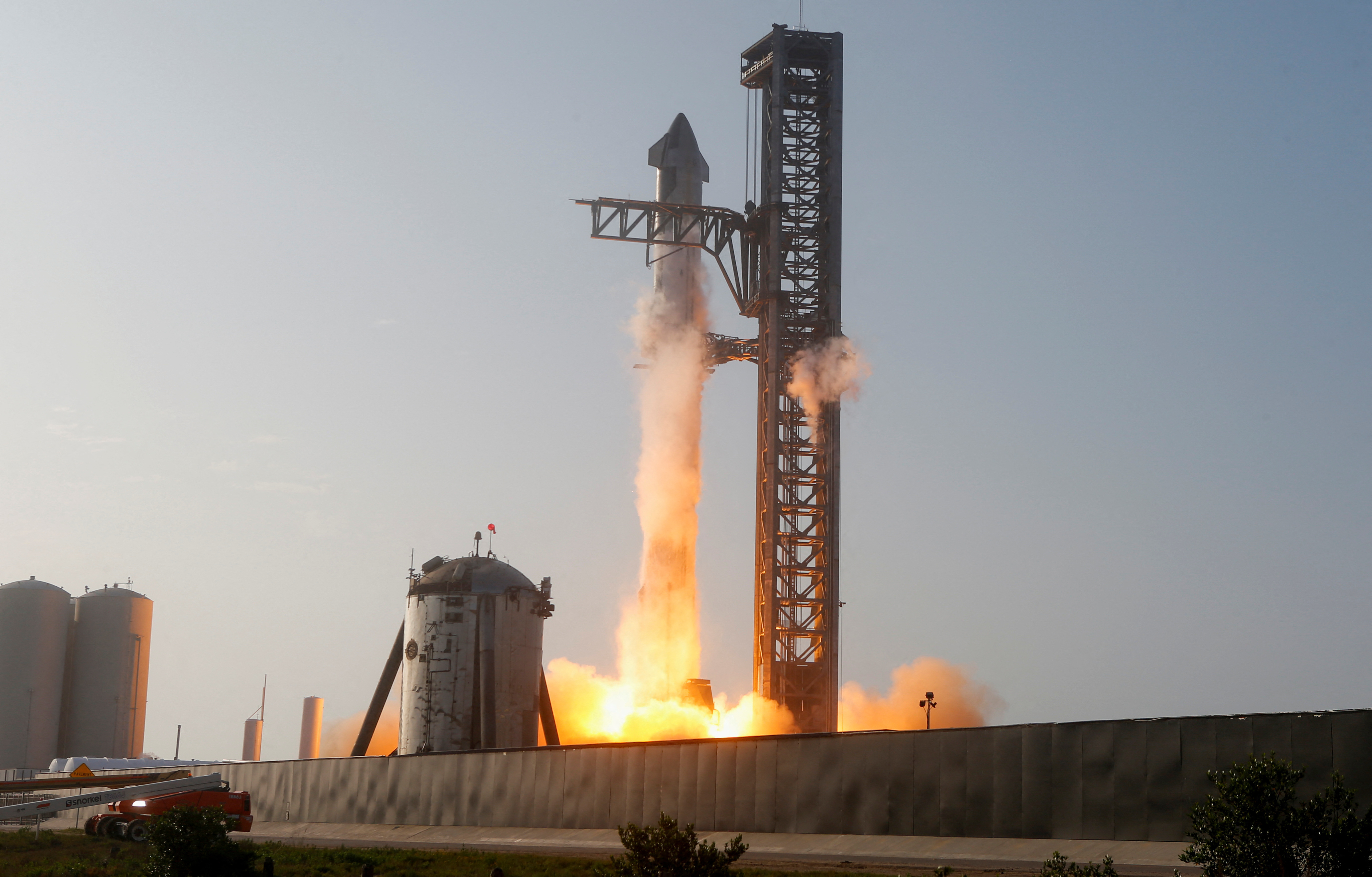
May 1, (Reuters) – Conservation groups sued the Federal Aviation Administration on Monday, challenging its approval of expanded rocket launch operations by Elon Musk’s SpaceX next to a national wildlife refuge in South Texas without requiring greater environmental study.
The lawsuit comes 11 days after SpaceX made good on a new FAA license to send its next-generation Starship rocket on its first test flight, ending with the vehicle exploding over the Gulf of Mexico after blasting the launchpad to ruins on liftoff.
The shattering force of the launch hurled chunks of reinforced concrete and metal shrapnel thousands of feet from the site, adjacent to the Lower Rio Grand Valley National Wildlife Refuge near Boca Chica State Park and Beach.
The blast also ignited a 3.5-acre (1.4-hectare) brush fire and sent a cloud of pulverized concrete drifting 6.5 miles (10.5 km) to the northwest and raining down over tidal flats and the nearby town of Port Isabel, according to the U.S. Fish and Wildlife Service.
SpaceX hailed the launch as a qualified success that will yield valuable data to advance development of its Starship and Super Heavy rocket, major components in NASA’s new Artemis program for returning astronauts to the moon.
But Monday’s lawsuit said the April 20 incident marked the latest in a series of at least nine explosive mishaps at Boca Chica, disrupting a haven for federally protected wildlife and vital habitat for migratory birds.
Noise, light pollution, construction and road traffic also degrade the area, home to endangered ocelots and jaguarundis, as well as nesting sites for endangered Kemp’s Ridley sea turtles and critical habitat for threatened shorebirds, the suit says.
The disturbances show the FAA violated federal law by permitting expanded operations at Musk’s Starbase in Boca Chica without mandating the full environmental impact study (EIS) normally required for major projects, the lawsuit asserts.
The 31-page complaint seeks to revoke the FAA license and require an EIS.
The FAA’s chief of staff for the Office of Commercial Space Transportation had stated in a June 2020 email that the agency planned to conduct an EIS, but the FAA « subsequently deferred to SpaceX » and performed a less rigorous review instead, according to the lawsuit.
An FAA spokesperson said the agency, as a matter of policy does not comment on active litigation. There was no immediate word on the case from SpaceX.
Musk, the billionaire founder and chief executive of the California-based company, addressed criticism from environmentalists in remarks during an event on Saturday, saying the debris scattered by last month’s launch amounted to « a human-made sandstorm. »
« It’s not toxic at all or anything, » he said. « It did scatter a lot of dust, but to the best of our knowledge, there has not been any meaningful damage to the environment that we’re aware of. »
SHORT-CUT ENVIRONMENTAL REVIEW?
SpaceX had vigorously opposed subjecting its Starbase to an EIS review, a process that typically takes years. An EIS involves extensive analysis of the project at stake and alternatives, along with mitigation plans to curb or offset harmful impacts. It also entails public review and comment and often re-evaluation and supplemental study.
The FAA granted its license following a far less thorough environmental assessment and a finding that SpaceX activities at Boca Chica pose « no significant impact » on the environment. The lawsuit challenges that finding as a violation of the National Environmental Policy Act, contending that the assessment and mitigation measures incorporated into the license fall short of the law’s requirements.
The case highlights a history of tension between environmentalists, who have sought to limit development at Boca Chica, and Musk, a hard-charging entrepreneur known for risk taking.
« It’s vital that we protect life on Earth even as we look to the stars in this modern era of spaceflight, » said Jared Margolis, a senior attorney at the Center for Biological Diversity, one of several groups bringing the suit in federal court in the District of Columbia.
Musk has said SpaceX plans to install a water-cooling system and steel reinforcements for the launchpad to prevent a repeat of blastoff damage, and could be ready for another test flight of the rocket, the most powerful ever built, in the next couple of months.
For the time being, the Starship and the Super Heavy rocket are effectively grounded under a « mishap » investigation opened by the FAA immediately after the launch, as required by law.
Reporting by Steve Gorman in Los Angeles; editing by Diane Craft
